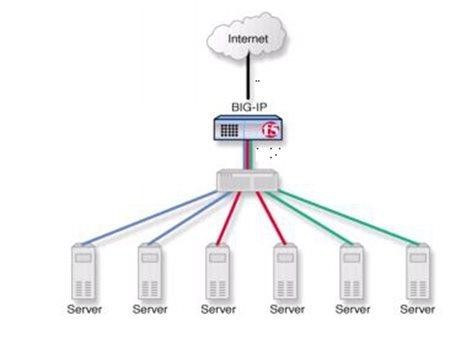What is a load balancer?
What is a load balancer? Where does it come from? What is it used for? When we hear this phrase, “load balancer”, many ideas can come to mind. We can imagine the load balancing of a ship so that it does not tip over, or we can balance the load in a truck trailer so that it is well stabilized when traveling on the road. But in the digital world, what does it mean? –Caio Soares
Before going into this explanation, we first have to understand some simple concepts to abstract.
Server, what is a server? Let’s start there! Do you know your home computer? Or maybe from your work? I’m not talking about a laptop or tablet. I’m talking about the desktop computer, the one with a monitor, mouse, and keyboard, remember? Is there one near you? Well, the server is very similar to this guy, some differences between them are that while you use your computer to have fun or work, you do it and then turn it off, correct? The server does not. The server is connected 24 hours a day, 7 days a week, 365 days a year. Then you wonder, connected to what? Everything on the internet is inside a server. Are you seeing the news on the Daily Telegraph website? You are connected to a server. Are you chatting with someone on WhatsApp? You are connected to a server. Are you on Facebook? Google? Instagram? Anything else that depends on the internet? You can be sure that you are connected to a server. It is on the server that everything happens, that the information is processed and presented to you, the user. That’s why a server never shuts down, it has to always be online, always ready to serve you whenever you need it.
And do you know how much it costs? There may be servers ranging from a few hundred dollars to a few hundred thousand dollars. Manufacturers? F5, Cisco, HP, IBM, Dell, and others.
Okay, with that in mind, let’s get to our goal of this article, but before that, I have to explain one last concept, cluster!
A cluster is nothing less than a set of servers that have the same information. Let’s assume that we have ten servers running next to each other and someone records a photo on one of these ten servers. The moment the photo is saved, that photo is automatically transferred to the other servers and that’s it! This is the basic concept of a cluster. A cluster goes much further than that, but we will stop here.
Okay, now we’re ready. Load balancer! What do we use it for? Let’s imagine the Facebook servers, how many should there be? 100? 200? 1000? 2000? Anyway, we do not have this exact number, but we are sure that there must be thousands of servers that keep Facebook on air 24 hours a day, and of course, all in clusters.
Now imagine the number of people who access Facebook per minute. We know that today there are around 2.6 billion active accounts worldwide. People posting and enjoying information, photos, videos all the time. That’s where our load balancer comes in, but first, let’s imagine that the balancer doesn’t exist. Imagine that there are 10,000 people accessing Facebook simultaneously, without the load balancer. There is a risk that these 10,000 people will connect to only one server since there is no device that distributes to all servers that are clustered, so this is the role of the load balancer. It receives all the connections from people who access Facebook and distributes them among servers that are clustered. This is the basic function of the load balancer.

Among the load balancers that exist on the market, we can mention the F5 Big IP, Netscaler, Citrix among others.
Of all these, we can highlight the F5 Big IP, manufactured by F5 Networks. This system has been on the market for almost 20 years and stands out from other manufacturers. Why? Reliability! In addition to other features that this system brings, which goes far beyond load balancing, its hardware has a high processing capacity allowing it to receive a large number of simultaneous connections, and also stands out for its redundancy features for its not suddenly stop. Companies in the banking, insurance, credit card, public services, news, airlines, and many other companies use Big IP for their most important services such as ATMs, internet banking, websites, user services, and others. Add telecommunications?
With Big IP operating on the computing infrastructure, the company that owns it will have greater reliability on its network. This is because this system will distribute demand among your servers resulting in better use of your network. It also provides better information distribution among your resources and greater security of your data, since the servers will not be connected directly to the internet.
Big IP is among its competitors the best option for confident load balancing, performance, and security.


